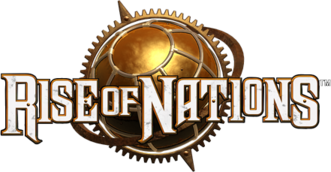| Unit Information | Game Strategies | History |

Depiction of a scutati unit in action. Note the diversity of weaponry and equipment.
Classical authors divided the Celto-Iberian infantry in two distinct groups, the caetrati, light troops that excelled at skirmishes and ambush, named after the small buckler known by the Romans as caetra. The second group were the heavier scutari, better known as scutati or scutarii, named for the scutum they carried; an oblong, curved shield of Celtic origin that covered almost all of the body; the same shield design the Roman army adopted for its legions.[1]
While the lighter caetrati were the embodiment of Hispanic warfare, with their clever hit-and-run tactics aided by their agility and their skill with, and preference for, the javelin, the scutarii seem to have formed the line of defense of larger Hispanic forces; the scutum being more fit for heavier troops on the front lines. Due to this, scutarii possibly had a preference for large spears intended for hand-to-hand as a primary weapon. As a side-arm they would carry the famed Hispanic swords, such as the falcata or gladius hispaniensis, and/or the aforementioned javelins that Hispanic warriors were also well known for, such as the dreaded soliferrum. Of course, since the Celto-Iberians were divided into several tribes, there was no strict uniformity in equipment and the quality and nature of it depended on the tribe and the wealth of the individual. What is certain, however, is that the scutarii sacrificed the mobility and flexibility of the caetra for the capacity to hold the enemy in check directly.
References[]
- ↑ Rome's Enemies 4 - Spanish Armies. p.26
